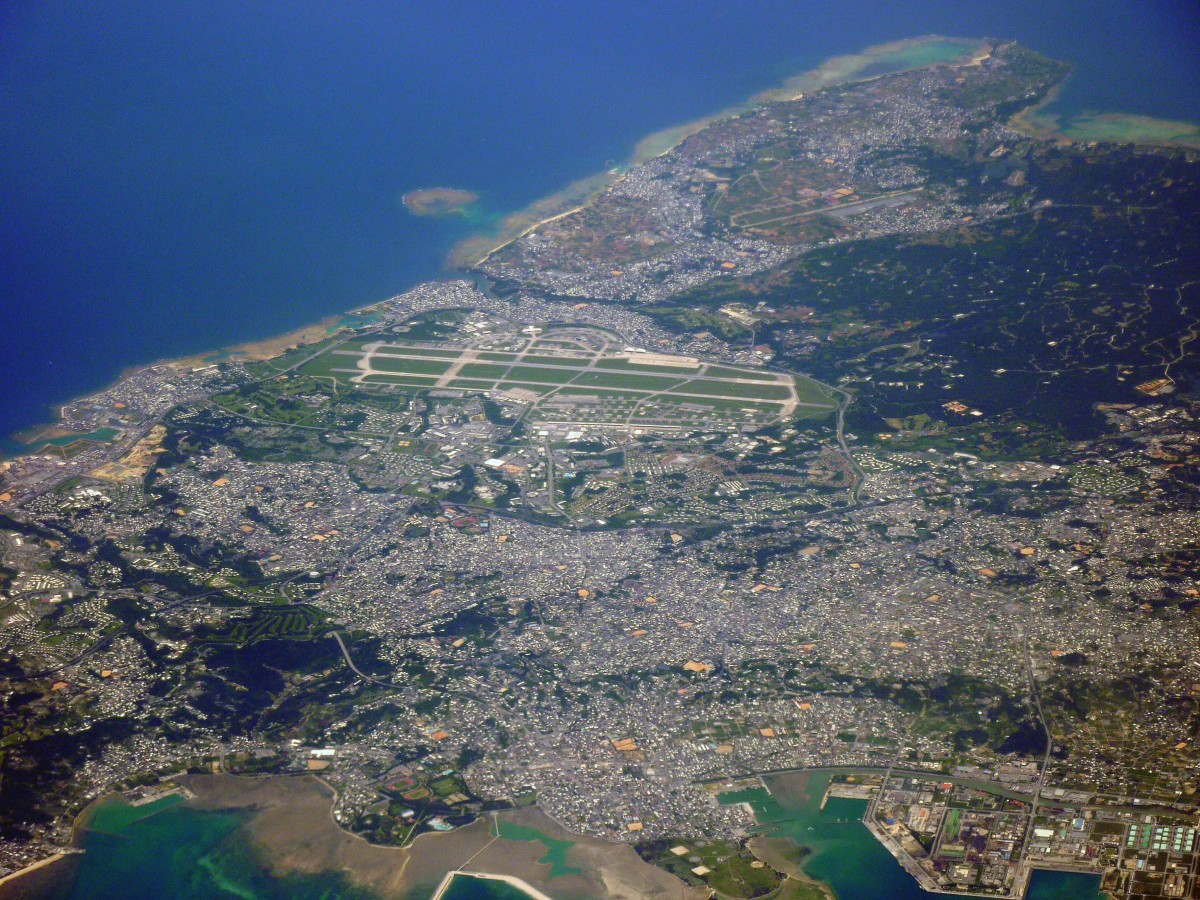In a concerning development, a wave of misleading videos advocating the independence of Okinawa, Japan’s southernmost prefecture that hosts several US military bases, has surfaced on social media platforms.
This revelation, reported by Nikkei Asia on October 3, highlights the extensive network of disinformation accounts orchestrating this campaign. These accounts utilize artificial intelligence to generate and distribute content to manipulate public sentiment.
Despite the videos’ fabrication, they have garnered millions of engagements—including likes, reposts, and shares—especially among Chinese-speaking audiences.
Experts warn that this misinformation may shape Japanese public opinion, potentially heightening tensions in a region already burdened with political complexities.
The situation is compounded by the persistent demands from various protest groups advocating for the withdrawal of US military forces from Okinawa.
The US military’s relationship with Okinawa dates back to 1945, when American forces occupied the island after World War II. It remained under US control until 1972, when it was returned to the Japanese.
The base presence in Okinawa is particularly striking; the prefecture, which accounts for less than one percent of Japan’s total territory, is home to over 70 percent of US military facilities in the country.
This disproportionate distribution has led to increased scrutiny and resentment among residents, who cite issues such as pollution, noise, and violent incidents involving US personnel as major grievances.
As a result, the emergence of disinformation regarding Okinawa’s independence represents a critical threat to Japan’s security dynamics, especially considering the strategic importance of the US military presence in the region.
In the event of a conflict with China, the islands could serve as crucial launch points for air and naval operations against Chinese forces.
Okinawa is uniquely positioned, nestled between the southern Japanese mainland, Taiwan, and China, and close to the Korean Peninsula. This strategic location gives the US military a significant advantage, allowing for a “forward presence” that facilitates air, sea, and ground operations throughout the Western Pacific.
The area could become a flashpoint in a potential conflict between the US and China, with Okinawa-based forces supporting US operations in the Philippines and other regional hotspots, particularly in scenarios involving Taiwan.
These strategic imperatives highlight why Okinawa remains a prime target for Chinese interests and the accompanying protests aimed at either shutting down or relocating US bases elsewhere in Japan.

Pro-Okinawa Independence Disinformation Campaign
The report highlights the proliferation of misleading videos and social media posts that assert phrases like “Ryukyu belongs to China, not Japan!” and “According to the Potsdam Declaration, Ryukyu is Chinese territory!” in Chinese subtitles, which have gained traction since 2023.
Additionally, there have been erroneous assertions that Okinawa was to be renamed Ryukyu. The Ryukyu Kingdom, once a sovereign state, encountered various forms of intervention from Japan and China at different points in its history.
This external influence gradually eroded its sovereignty, culminating in Japan’s official annexation in 1879, when it was designated as Okinawa Prefecture.
The report said that these misleading media narratives emerged following unusual comments by Chinese President Xi Jinping last year, underscoring China’s alleged historical connections to the Ryukyu Kingdom.
To trace the source of this pro-China propaganda, the Japan-based media outlet focused on investigating accounts promoting such narratives on platforms like X (formerly Twitter), Facebook, and Weibo.

The investigation uncovered three specific accounts on X that were disseminating messages claiming, “Ryukyu belongs to China” and “the Ryukyu islands are not part of Japan” in Chinese.
A detailed review of these accounts’ posting patterns indicated a coordinated effort, revealing that the same imagery and messages supporting Okinawa’s independence had been circulated multiple times since the previous year.
Notably, these accounts posted videos in staggered intervals around May 15, coinciding with the anniversary of Okinawa’s reversion to Japan from postwar US control. The report confirmed that the three accounts posted nearly identical videos promoting Okinawa’s independence on May 12, 14, and 25.
One such video purported to depict a march for Okinawan independence. However, further investigation revealed inconsistencies in the background buildings, signage, and banner slogans.
It became clear that the video was a manipulated compilation of various protests, including an anti-US base demonstration in Tokyo and an antiwar demonstration in Osaka.
Moreover, the audio accompanying the video, which featured shouts of “Ryukyu belongs to China!”, was also found to be doctored. The original sound was sourced from a pro-Beijing rally in Taiwan in April 2023.
Despite being fabricated, these videos gained significant attention, accumulating over 7 million engagements on X alone. Nikkei analyzed the accounts redistributing the videos, utilizing artificial intelligence tools created by the Israeli analytics firm Cyabra.
Of the 431 accounts, 75% were identified as “inauthentic accounts,” often used to amplify misinformation. Cyabra noted that while the average rate of such accounts was 7-10%, the 75% figure was unusually high.
These accounts, coordinated with the original three, actively engaged with pro-China content and defended the fake videos against criticism from Japan-based and Taiwanese users.
The investigation also found that about 20% of the accounts were created just before the May 2024 video campaign, indicating a pre-meditated effort.
An Okinawa prefectural official quoted in the report said, “Although the motivation for spreading fake videos remains unclear, it is universally acknowledged by both China and Japan, as well as the international community, that Okinawa is a local government entity of Japan.”
On the other hand, the Chinese Foreign Ministry’s spokesperson’s office chose not to comment on the fabricated videos, citing the content’s “unknown sources.”
However, they acknowledged the growing interest in the Ryukyu issue, noting that it had attracted attention within Japan and internationally. The office pointed out that many researchers were exploring the topic from diverse perspectives and sharing their opinions.
- Contact the author at ashishmichel(at)gmail.com
- Follow EurAsian Times on Google News




